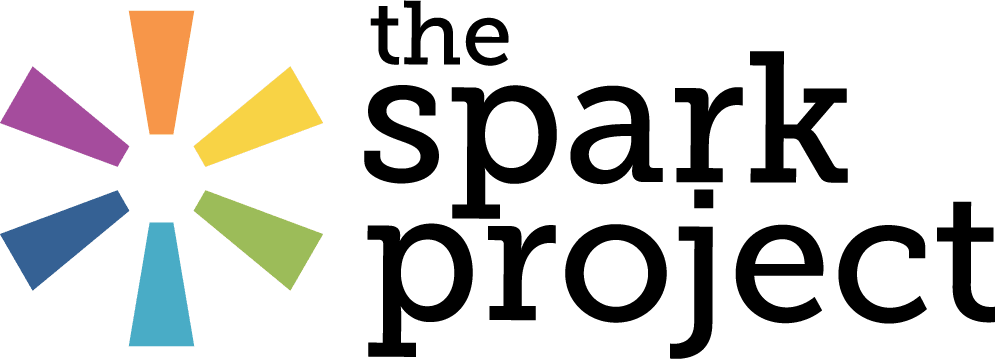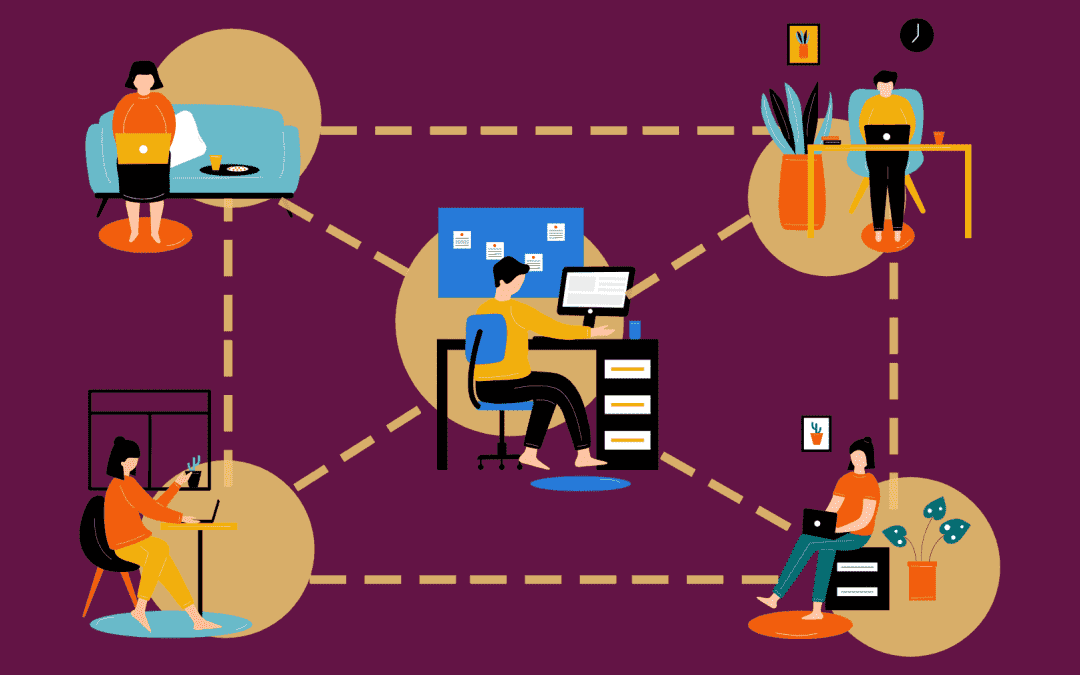Utilizing technology is key to building and managing remote-first teams, but Enzo Doromal, CTO at Advance.ph, mentioned that one cannot rely on technology alone. For effective team management, one has to learn about the processes that track and maintain operations.
Advance.ph began with a remote four-man operation in 2018 by default and necessity. These formative experiences led them from doing multiple roles on Google Drive and Telegram, to a team of nineteen still making the best use of these tools remotely. It was this transition that showed him the benefits of going remote.
Why Remote-First?
Doromal pointed out that while the present quarantine is a temporary situation, there are still compelling considerations for switching to remote work. He cited these three major points which were advantages, particularly for SMEs (small and medium-sized enterprises):
1. Location independence
Going remote means that you can operate in smaller offices located virtually anywhere – or in many cases, without any offices at all.
2. Wider talent pool
Doromal emphasized that the current pool of talent can be greatly expanded beyond Metro Manila. Instead of limiting potential employees to those who live in Metro Manila, or those who are willing to relocate or commute there, your pick of talent will automatically increase if you don’t require their physical presence.
3. Lower recurring costs
Businesses that make the switch to remote operation can cut out many regular expenses such as an office business connection, or maintenance fees.
Disadvantages To Going Remote
While these are major benefits, there are three key issues that remote operations need to troubleshoot. They don’t make remote work impossible, but they do mean more care is needed for some remote work.
Unreliable connectivity
Because internet connections can be poor even in residential areas of major cities, it can be difficult to submit work, meet or get feedback – a critical consideration when there are deadlines.
Difficult to build culture
Doromal clarified that this refers to the culture adjacent to work, such as workplace banter or office get-togethers, which are great for team building. These won’t be as easy to organize for remote workplaces.
More steps for certain activities
While sharing office space would mean that you could simply lean in and click something for someone to help them out, remote work will now require people to give more detailed instructions.
Metrics And Performance Tracking: 3 Ways To Do This Right
Many employers worry about performance during remote work. These concerns can be legitimate, but they are also in a way an emotional response to the anxiety of the times about a shift in workspace methods due to remote-first working.
- “I can’t see my employees working.”
- “People will just be distracted.”
- “What if there’s an emergency?”
Here’s why those three lines are often just excuses.
Myth #1: As long as you can see someone working, they are doing effective work.
Doromal recalled that his first job gave greater rewards to those who put in the most time at the office – but that a co-worker who was the first in and last out of the office ended up being fired for poor performance. It isn’t the hours you punch in which determines how good an employee you can be.
Myth #2: Keeping an eagle eye on employees will improve work performance.
If you can’t trust someone to do the work you gave them, you shouldn’t have hired them in the first place. Obsession with monitoring will foster a trustless work environment.
3 ways that you can track performance
1. Democratize the assessment of effort.
Have weekly alignments and let all members discuss tasks. It’s a great way to find out what needs improvement, as well as meet minds on what needs to be done for the coming week.
2. Build a baseline and measure against it.
Use team meetings to establish the baselines of how much time it takes to finish a task.
3. Use Document Transparent Indicators/KPIs (Key Performance Indicators).
There are online tools like Notion or Google Drive that you can allow everyone in your team to access, so they can use it to guide performance going forward.
Sustainable Remote Processes And Workflows: Your 4 Tools
These are vital tools for a good remote workflow. Try them and see how they affect your team’s work!
1. Weekly check-ins
These will help you recalibrate work estimates and support the feedback loop of always improving your baselines.
2. Cross-functional teams
You can’t have everyone know what all the teams are doing, but all teams should have an idea of the intention of what another team is doing – doing this instead of just direct asks will improve collaboration.
3. Asynchronous communication
You can have communication between two people without them being online at the same time. Just set an assured overlap time – say, 2 p.m. to 5 p.m. – where they should be guaranteed to reply. Think of it as a way to let employees finish tasks at their own pace, then you can just check work and give feedback when you’re ready.
4. Standardize and automate processes
Using automated events or standard forms for things like reporting EOD accomplishments or scheduling meetings will vastly improve remote efficiency.
The New New Normal
Going remote doesn’t just mean doing work online. These are key takeaways for how a new “new normal” can vastly improve how we organize tasks and perform jobs, long after the pandemic.
Remote work does not have to be from home
When cities open up, remote work can still be performed – and it doesn’t necessarily have to be at home. It just doesn’t have put all your employees in the same physical location without a good reason.
Performance instead of time
With new measures for how well someone is really doing, there’s no need to keep an eye on the clock to assess efficiency.
Deliberate resource allocation
You don’t need to spend on an office and its maintenance just because people say so – you can choose where to allocate your resources now, based on what your remote workflow needs.
Freedom
Because you’re no longer measuring yourself by the old ideas of doing work or where it can be performed, you’re freeing your time up to do what you do best.
Conclusion
Going remote will forever change the landscape of how we accomplish work, but it’s not just a matter of taking the same workplace practices online. Introduce these three performance trackers and four workflow tools in your teams, and see if they’ll improve collaboration and efficiency!

